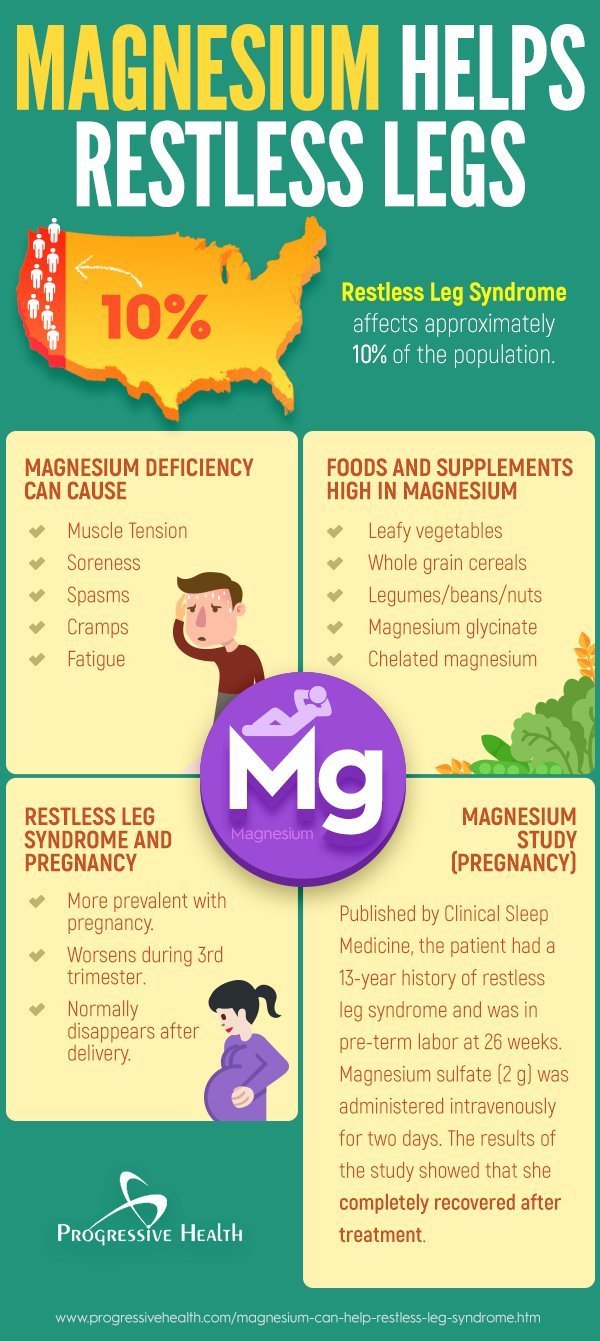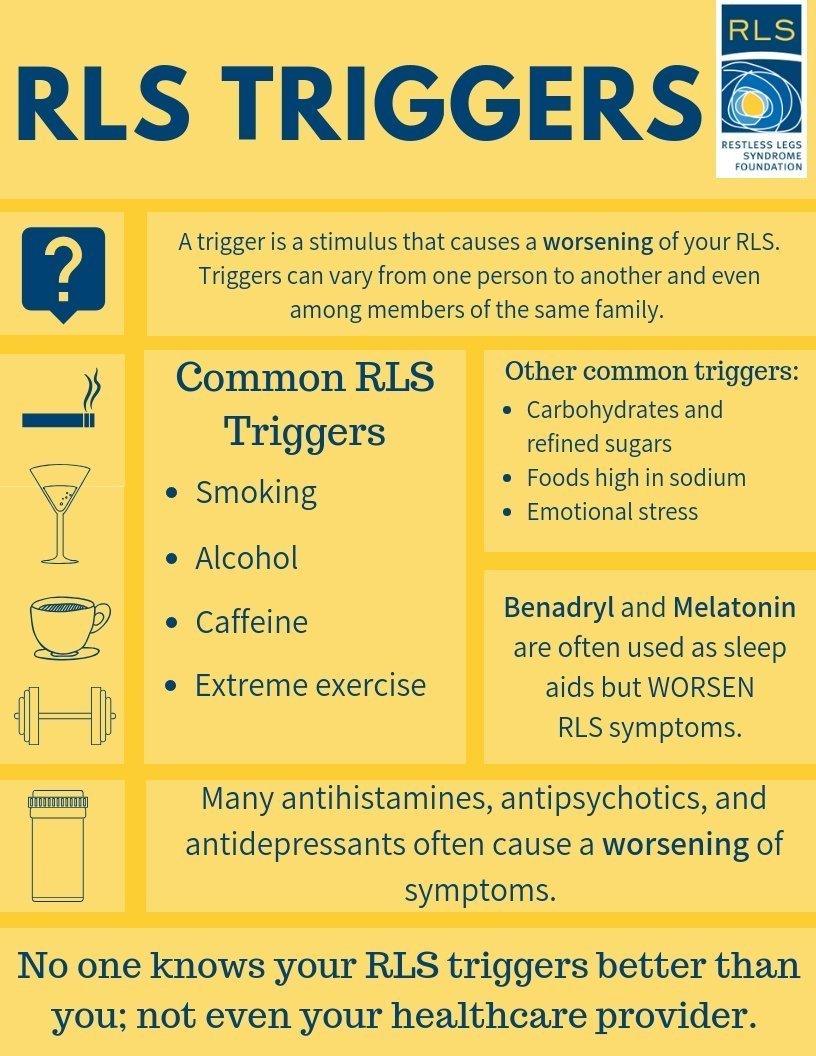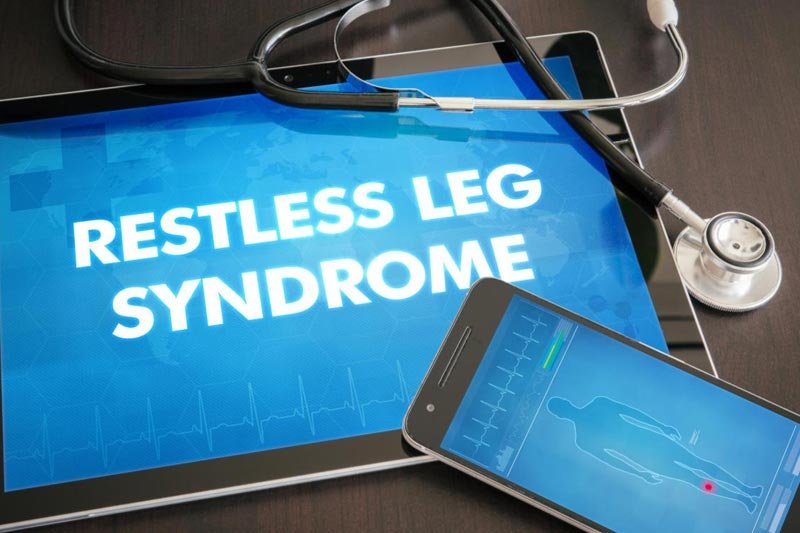What Is Restless Leg Syndrome and What Causes It? Have you ever noticed that your legs tend to twitch? Have you ever wondered what causes this?
If you have twitchy legs, there’s a chance that you suffer from restless leg syndrome.
Restless leg syndrome is a lot more common than you might think. In fact, it’s estimated that restless leg syndrome affects one in ten adults.
But, just because your legs twitch on occasion does not mean you have restless leg syndrome.
So, how can you tell if you have RLS? Also, what causes it and what can you do about it?
Check out this guide to learn everything you need to know about it.
What Is Restless Leg Syndrome?
First things first, what exactly is restless leg syndrome?
Also known as Willis-Ekbom Disease, is a nervous system disorder that gives people an urge to move their legs. And seeing that restless leg syndrome also interferes with sleep, it’s also considered a sleep disorder.
In fact, most symptoms of restless leg syndrome occur in the late afternoon and evening. Symptoms are typically most severe at night, as this is when a person is lying still and resting.
Symptoms also manifest when a person is inactive for long periods of time. For example, during a long plane ride or car ride.
It’s also important to note that restless leg syndrome is more common in women than it is in men. And, the syndrome can begin at really any age.
Also worth noting is that restless leg syndrome often goes hand in hand with another disorder, periodic limb movement of sleep, also known as PLMS.
PLMS is characterized by the involuntary twitching of or jerking movements of the leg. This can occur throughout sleep, and as often as every 15 to 40 seconds.
And, although many people with RLS often develop PLMS, most people who start with PLMS do not develop RLS.
Causes of Restless Leg Syndrome
So, what exactly causes RLS?
Unfortunately, doctors don’t know the cause of RLS in most cases. However, it’s suspected that genes play a role in the development of RLS.
In fact, nearly half of people who suffer from RLS also have a family member who suffers from it too.
There are also several factors that are associated with the development or worsening of RLS. These include:
- Chronic Diseases: If you suffer from any chronic diseases such as Parkinson’s, diabetes, anemia, or peripheral neuropathy, then you’re more susceptible to experiencing symptoms of or having RLS
- Medications: Some medications may worsen symptoms of RLS, including allergy meds, antidepressants, antinausea meds, and antipsychotic drugs
- Pregnancy: Some women experience symptoms of RLS during pregnancy, especially in the final trimester. However, symptoms tend to go away about a month after delivery
Other factors may trigger RLS, including excessive use of alcohol and sleep deprivation.
Signs and Symptoms of Restless Leg Syndrome
So, how do you know if you’re suffering from restless leg syndrome or just a mere leg twitch?
The chief symptom of RLS is the urge to move one’s legs. When those with RLS withhold from moving their legs, they often become extremely uncomfortable. Oftentimes, people describe this discomfort as an “itchiness”, or as if there are pins and needles on their legs. Or, some say it’s as if there’s a “creepy-crawly” feeling on their legs.
However, it’s important to note that the severity of RLS can range from mild to intolerable. In other words, whereas one person might feel a slightly itchy sensation, another may so unbearably comfortable that moving their legs is the only option.
In addition, there are many characteristics that often accompany RLS. These include:
- The sensation to move your legs shortly after being at rest
- A strong relief when you move your legs. Movement may include walking, jiggling, pacing, or stretching
- A worsening of symptoms during the evening hours
- Nighttime leg twitching
Typical sensations that accompany RLS include:
- Throbbing
- Aching
- Itching
- Pulling
- Creeping and crawling
For many people, the sensations that come with RLS are difficult to explain. However, almost everyone describes the sensation to move one’s legs as the most common symptom.
Diagnosis
While there is no specific test to diagnose RLS, an evaluation by your doctor should help get to the bottom of things.
During your exam, your physician will primarily focus on your description of symptoms, the presence or absence of symptoms throughout the day, and what triggers or relieves your symptoms.
You’ll also likely undergo a neurological and physical exam, and your doctor will look over your medical history and your family’s history.
Sometimes, your physician will also want to take some laboratory tests to rule out other conditions like anemia, kidney failure, or pregnancy-related RLS.
In some cases, entering a sleep study can also help to diagnose RLS.
Treatment
So, if you’ve been diagnosed with RLS, what are your treatment options?
Unfortunately, there is no known cure for RLS. However, there are a variety of treatment options available that can help significantly reduce symptoms.
These include:
- Hot or cold baths
- Stretching
- Taking CBD (Learn more about this from Highland Pharms)
- Applying hot or cold packs to the affected areas
- Limb massages
- Physical therapy
- Vibratory stimulation before bedtime
- Medication (but only if you experience symptoms three or more times per week)
Your doctor will help you figure out what treatment options are best for you according to the severity of your symptoms.
Twitchy Legs: Are You Ready to Relieve Your RLS?
As you can see, twitchy legs are not something you want to ignore.
If you have any questions about restless leg syndrome, please drop us a comment below. And, if you think you might be suffering from RLS, be sure to schedule an appointment with your doctor!
Also, be sure to keep browsing our blog for more health tips and tricks.
Related Videos about What Is Restless Leg Syndrome and What Causes It?
Related Infographics about What Is Restless Leg Syndrome and What Causes It?









